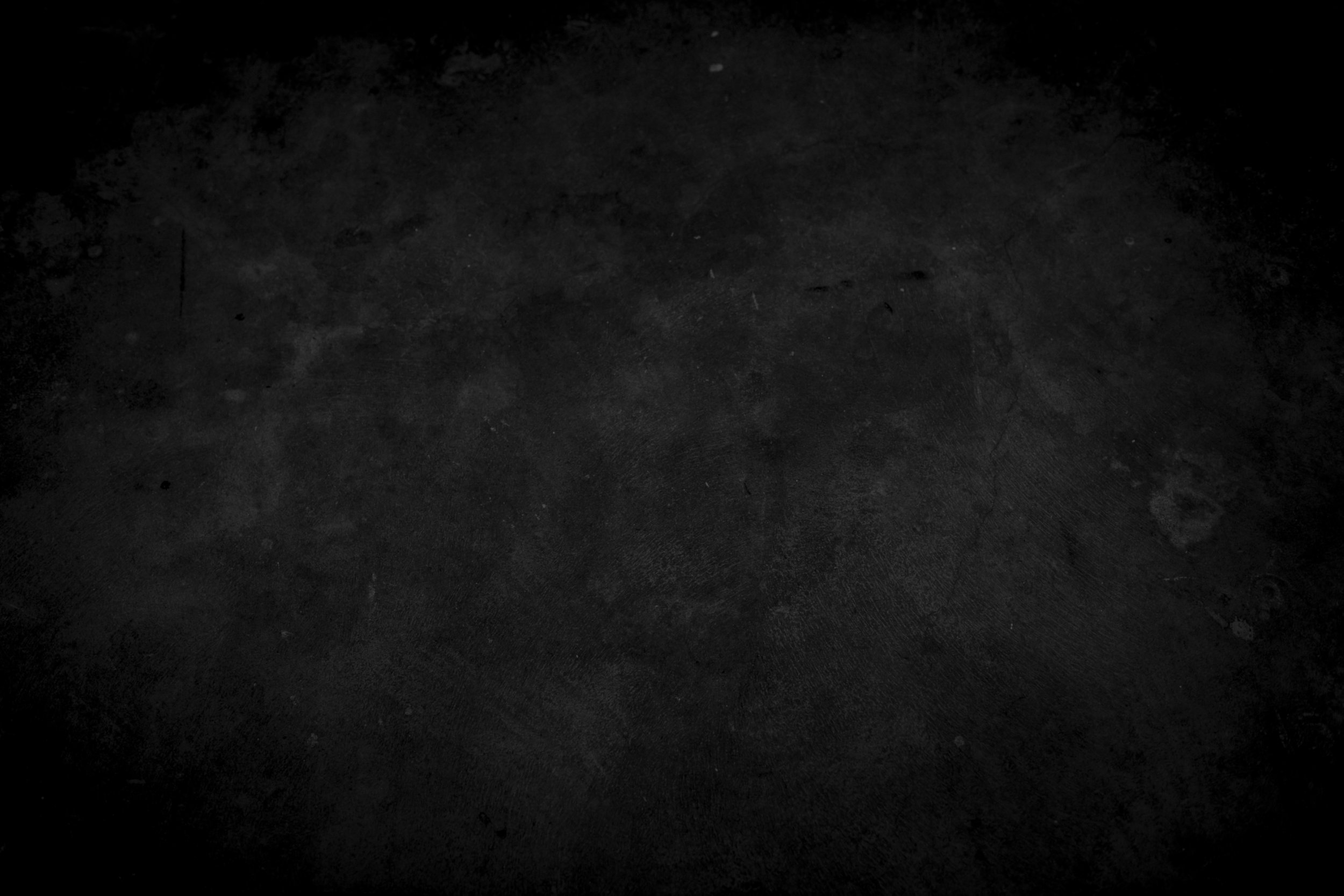
A Guide to Identifying Common Types of Mold

Mold, a persistent and often unseen intruder, has the potential to infiltrate our homes, bringing with it health hazards and structural concerns. Recognizing the common types of mold prevalent in residential spaces is essential for effective identification, prevention, and remediation. In this exploration, we delve into several molds frequently encountered within houses.
Aspergillus, with its powdery appearance and varying colors such as white, yellow, green, or black, is a versatile mold that thrives in diverse environments. While most species are generally harmless, certain types can produce mycotoxins, posing health risks, especially to individuals with compromised immune systems.
Cladosporium, distinguished by its olive-green to brown or black suede-like texture, is commonly found on damp surfaces like carpets, fabrics, and wooden materials, as well as on walls and behind wallpaper. This mold is recognized as an allergen that may trigger respiratory symptoms, making it a concern for individuals with allergies or asthma.
Penicillium, displaying blue or green hues, often manifests on water-damaged materials, wallpaper, and carpets. Flourishing in damp conditions, especially following water leaks or flooding, some species of Penicillium can produce mycotoxins, potentially leading to respiratory issues, particularly in individuals with weakened immune systems.
Stachybotrys Chartarum, often referred to as black mold, presents a dark greenish-black appearance with a slimy texture. Thriving in areas with prolonged water damage, it is commonly found on water-damaged wood, drywall, or ceiling tiles. Black mold is notorious for producing mycotoxins that may cause severe health problems, including chronic fatigue, headaches, nausea, and respiratory issues.
Alternaria, characterized by its dark brown to black velvety texture, is frequently found in damp areas like bathrooms and kitchens, growing on surfaces such as showers, bathtubs, and windowsills. As a known allergen, it may cause respiratory symptoms, particularly in sensitive individuals.
Fusarium, exhibiting pink, white, or reddish hues with a cotton-like texture, is typically associated with water-damaged areas, including carpets, wallpaper, and plumbing systems. While generally less harmful, prolonged exposure may lead to health issues, particularly in individuals with compromised immune systems.
Chaetomium, initially appearing white or grey and later turning brown or black with a cotton-like texture, thrives in water-damaged environments and is commonly found on drywall and other porous materials. Exposure to Chaetomium may cause skin and nail infections, making it a concern for individuals with weakened immune systems.
Understanding these common types of mold is the first step in creating a healthier living environment. Regular inspections, prompt addressing of water damage, and maintaining proper ventilation are crucial preventive measures. In cases of severe mold infestations, seeking professional mold remediation services is essential to ensure thorough and safe removal. By staying informed and proactive, homeowners can navigate the intricacies of mold and create homes that foster both physical well-being and peace of mind.



